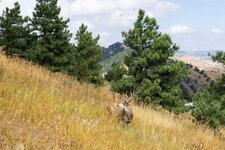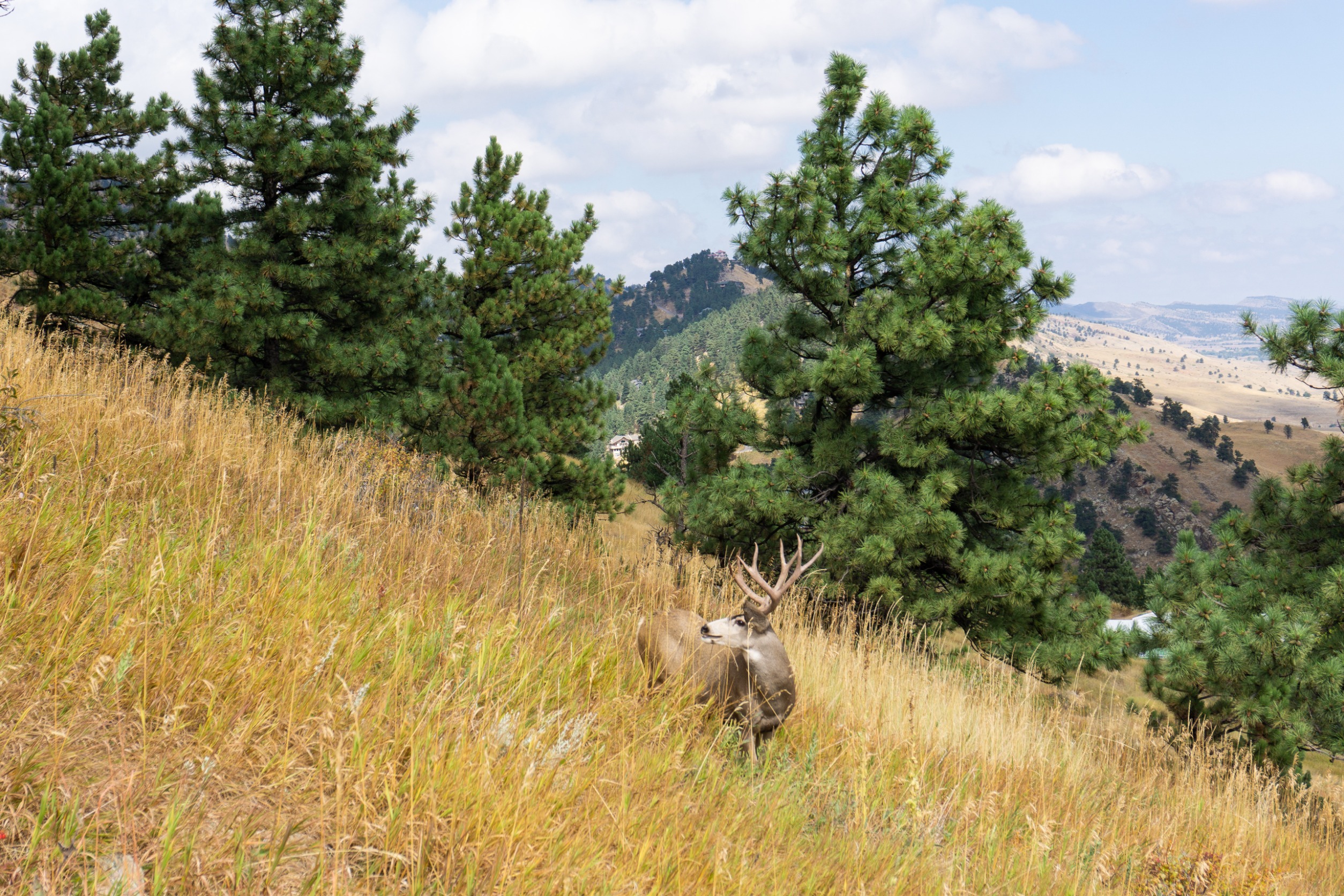

Mule Deer on the Edge
Robby hosts Troy Fieseler and Luke Schultz of the Wyoming Game & Fish Department. Troy and Luke manage the habitat of the Wyoming Range mule deer herd. They explain the concept of mule deer on the edge.
Last edited:
